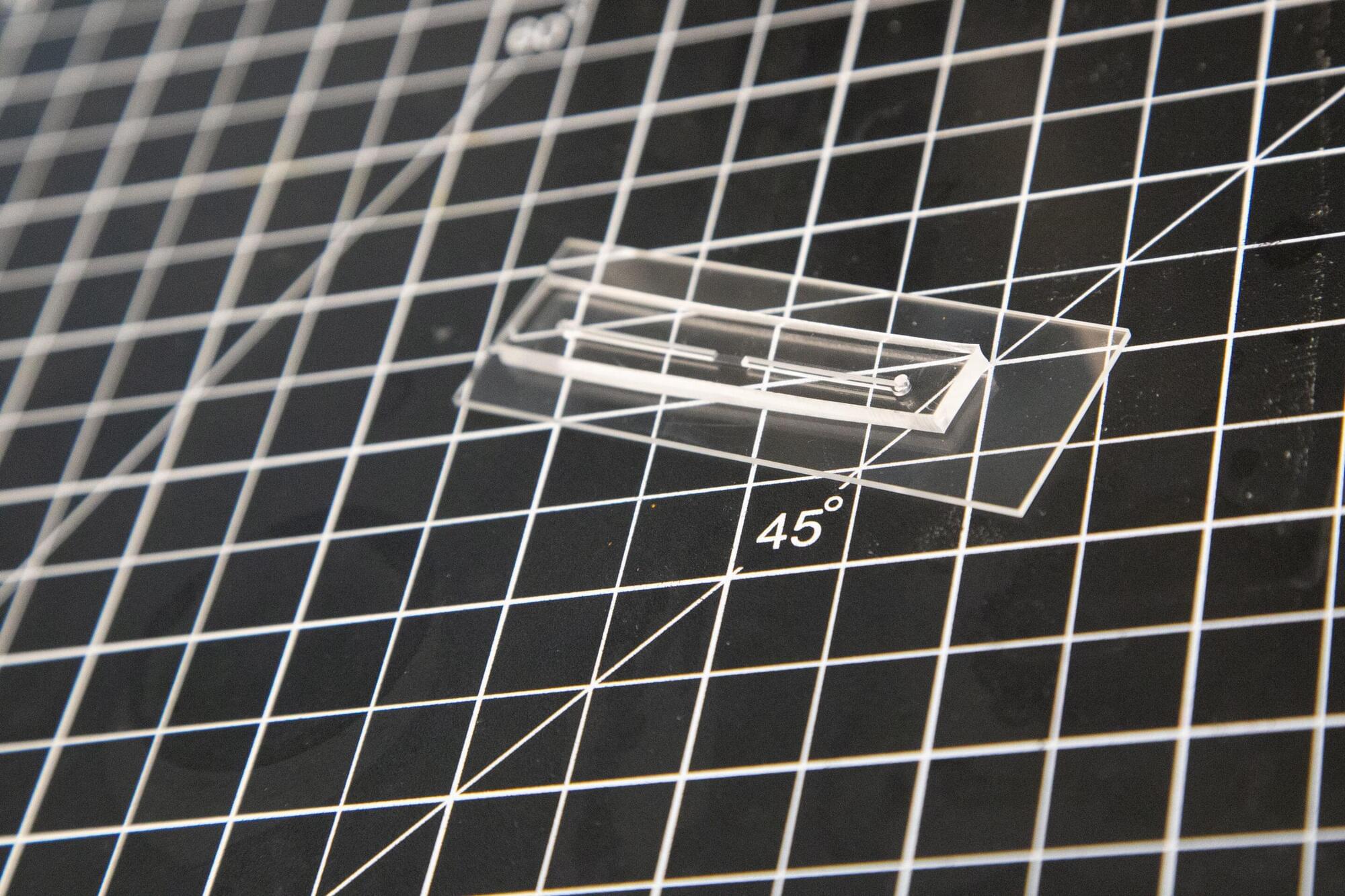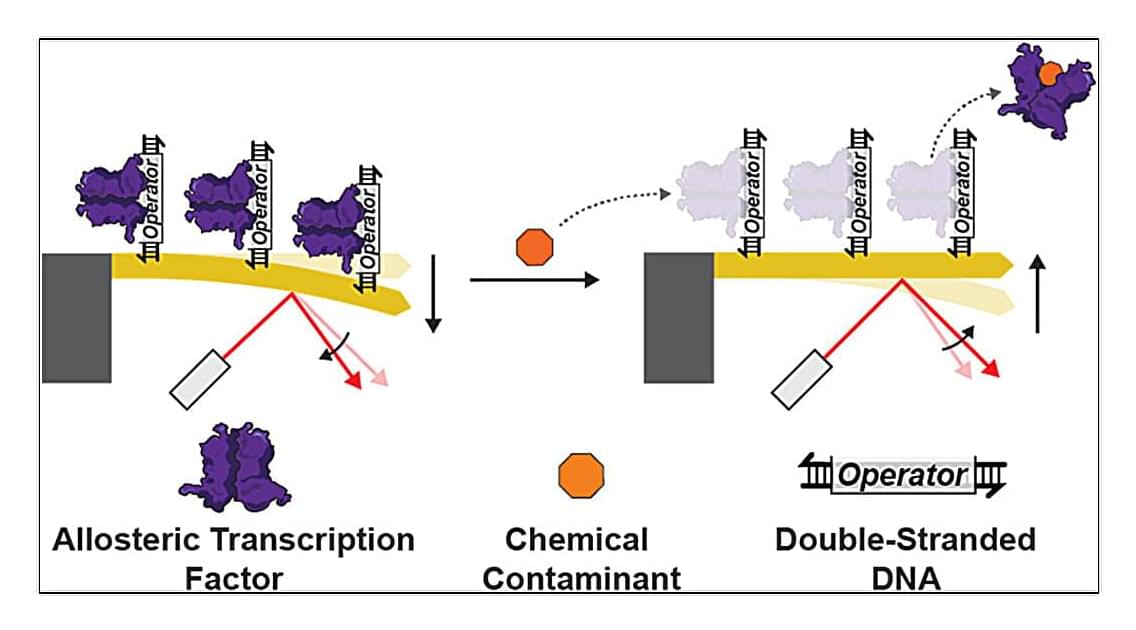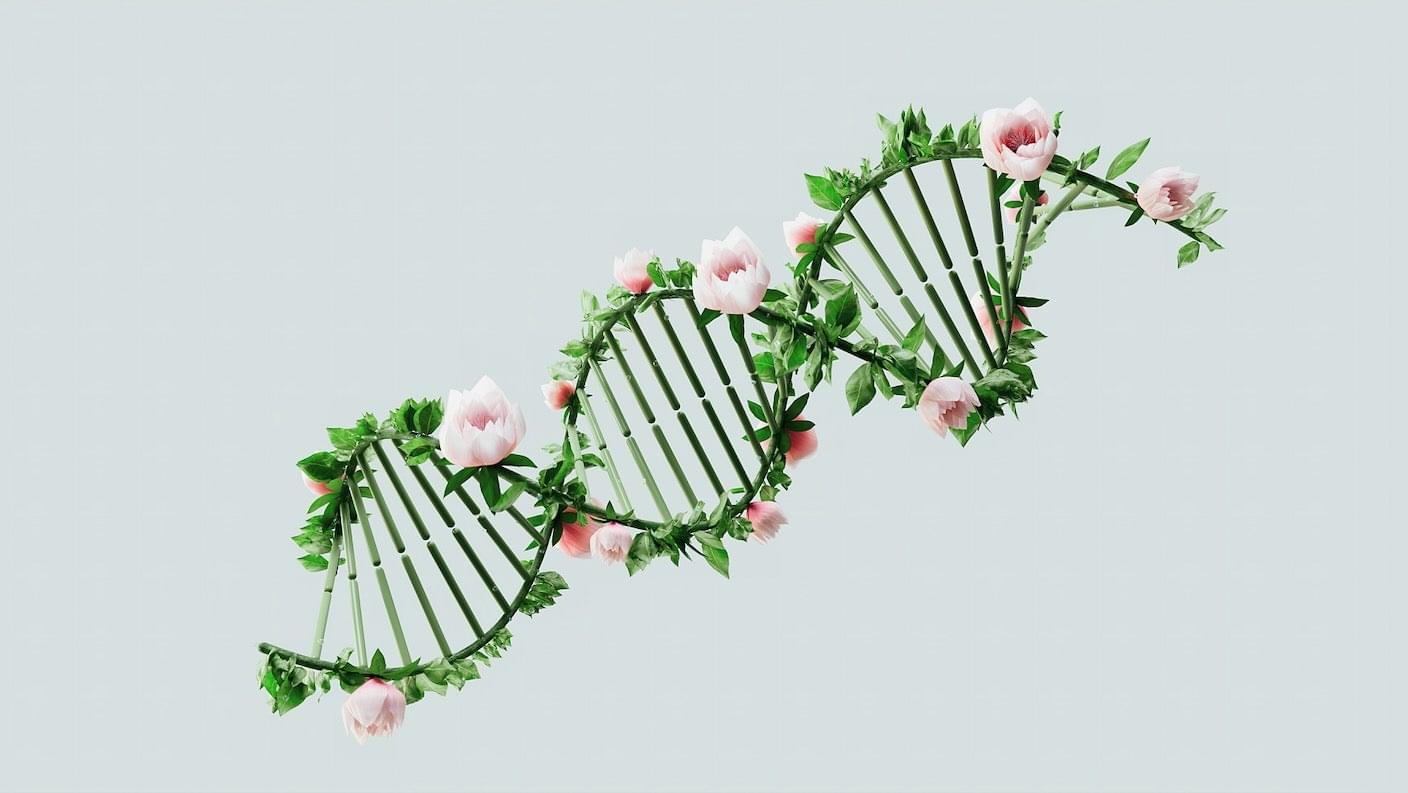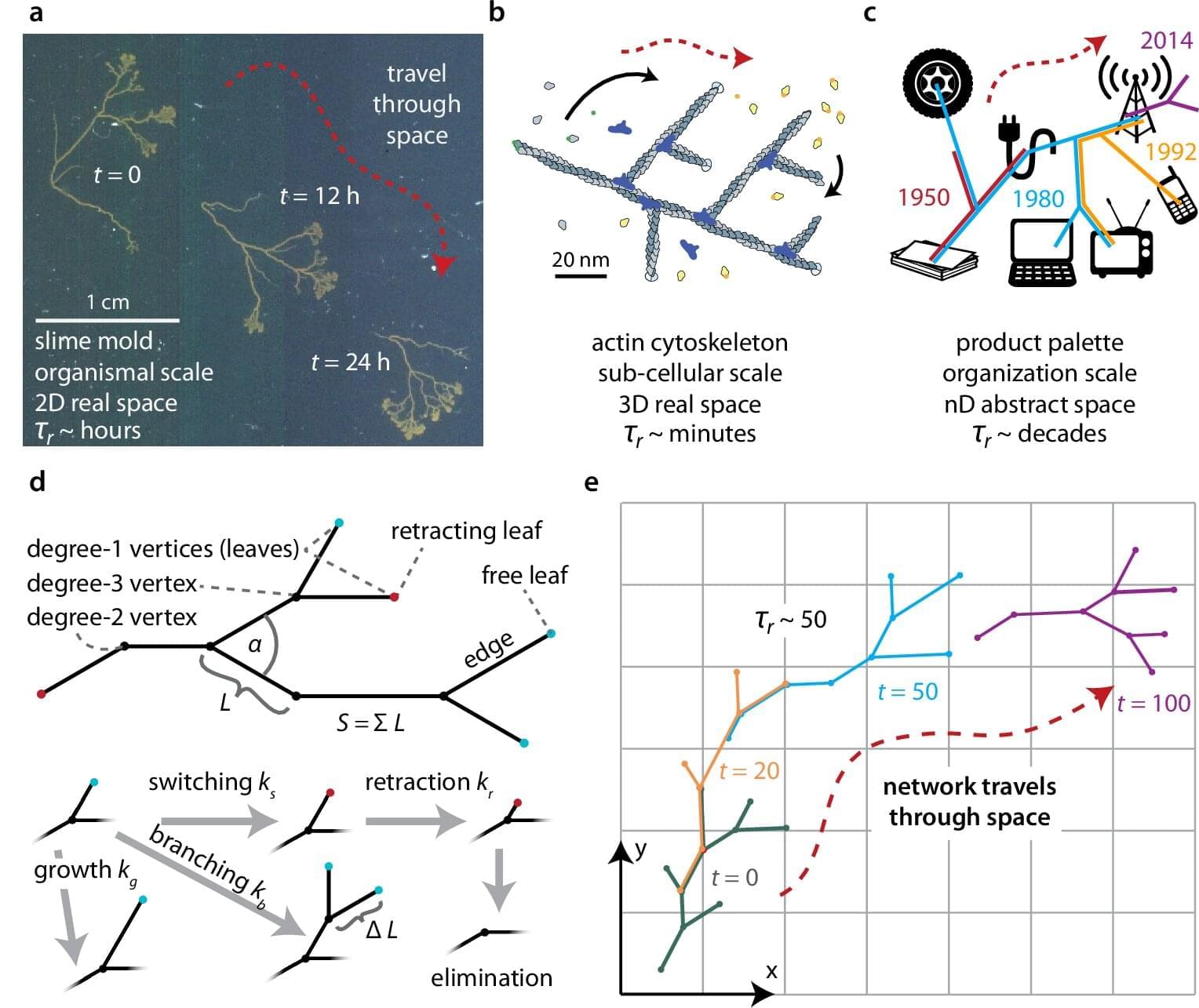A team of researchers at the George R. Brown School of Engineering and Computing at Rice University has developed an innovative artificial intelligence (AI)-enabled, low-cost device that will make flow cytometry—a technique used to analyze cells or particles in a fluid using a laser beam—affordable and accessible.
The prototype identifies and counts cells from unpurified blood samples with similar accuracy as the more expensive and bulky conventional flow cytometers, provides results within minutes and is significantly cheaper and compact, making it highly attractive for point-of-care clinical applications, particularly in low-resource and rural areas.
Peter Lillehoj, the Leonard and Mary Elizabeth Shankle Associate Professor of Bioengineering, and Kevin McHugh, assistant professor of bioengineering and chemistry, led the development of this new device. The study was published in Microsystems & Nanoengineering.





